average rent
average occupancy rate
ytd sales volume
YoY rent change
UNITS DELIVERING OVER THE NEXT 4Q
individual transactions
QUARTERLY DEMAND
YTD: 2,467
QUARTERLY COMPLETIONS
YTD: 3,556


Prospective renters have showcased resilience in the Kansas City market. This resilience among potential new renters has helped to keep pace with the 917 units that were delivered this quarter, with a net of 899 units being filled in the third quarter. This rental demand helped keep average occupancy unchanged from the prior quarter at 94.9%. This signifies two consecutive quarters where occupancy has stabilized, following four successive quarters of declining occupancy rates. Concurrently, Class A properties, which had previously encountered a sharp drop in occupancy due to an influx of new supply, witnessed a substantial 50-basis point quarterly improvement, elevating the occupancy rate to 95.1%. The performance was closely matched across asset classes, with Class B properties registering an average occupancy rate of 95.0%, and Class C properties recording a rate of 94.4%.
The Olathe/Gardner submarket boasted the highest occupancy rate, measuring at 96.7%, whereas the emerging South Kansas City / Grandview submarket registered the lowest rate at 92.8%. Overall, the rental market in Kansas City distinguishes itself as one of the top performers among the country’s top 50 apartment markets, showcasing its stability even amid uncertain times.
Reflecting a trend prevalent in nearly all apartment markets across the nation, the pace of rent price growth is persistently moderating from the peak levels observed in 2023. Nonetheless, Kansas City stands out as an exception. Even with the decelerated growth, it secures the fourth-highest rent growth rate among the 50 largest apartment markets in the U.S., recording a growth rate of 3.3% in the third quarter of 2023. This rate translates to an average rent of $1,302. Importantly, while many markets are reverting to their long-term averages or even falling below, Kansas City continues to sustain a notable lead above its historical average growth rate of 2.2%.
Class C properties witnessed the highest annual increase at 4.4%, followed by both Class A and B properties, each at 3.0%. Performance across submarkets was diverse, with North Overland Park leading with a 6.2% increase, while Central Kansas City trailed at 1.6%. The subdued performance in Central Kansas City is likely attributed to heightened competition from a significant addition to the inventory over the past 12 months.
| Submarket | Average Occupancy | Annual Occupancy Change | Average Monthly Rent | Annual Rent Change |
|---|---|---|---|---|
| Central Kansas City | 93.7% | -1.6% | $1,498 | 1.6% |
| Clay County | 94.6% | -1.5% | $1,146 | 3.1% |
| Independence/East Kansas City | 94.3% | -2.0% | $1,132 | 1.0% |
| Lee's Summit/Blue Springs/Raytown | 93.8% | -0.6% | $1,257 | 0.3% |
| North Overland Park | 95.2% | -1.8% | $1,313 | 6.2% |
| Olathe/Gardner | 96.7% | -0.5% | $1,269 | 5.1% |
| Platte County | 94.8% | -0.9% | $1,231 | 2.5% |
| Shawnee/Lenexa/Mission | 96.5% | -0.3% | $1,371 | 4.3% |
| South Kansas City/Grandview | 92.8% | -2.2% | $1,004 | 5.7% |
| South Overland Park | 95.8% | -0.8% | $1,533 | 3.3% |
| Wyandotte County/Leavenworth | 93.7% | -2.3% | $1,107 | 2.8% |
| Kansas City Market | 94.9% | -1.2% | $1,307 | 3.3% |
Units Under Construction
Units UC Delivering In the Next 4 Quarters
The noticeable decline in transaction volume between the three quarters of 2022 and 2023 may garner attention, yet a more nuanced analysis of historical data offers a balanced perspective. Exploring transaction activity in the pre-COVID period from 2013 to 2019 reveals a fluctuation in volume from $563 million in 2016 to $174 million in 2013, averaging $383 million. With a preliminary figure of $386.7 million recorded through the first three quarters of 2023, it’s clear that despite the challenging capital markets landscape, transactions are still being successfully finalized. This indicates that the market, though affected, continues to demonstrate resilience, and sustain a notable level of transactional activity.
Sentinel Real Estate
Capital RE (CO)
Pineview Equity Group
Cohen-Esrey
Boston Capital
* Trailing 4Q average PPU
* Preliminary Data from RCA – Individual transaction $2.5M +
In August 2023, the Kansas City Metro showcased job growth across various sectors from August 2022 to August 2023. The education and health services sector led with 8,200 new positions, a growth rate of 5.1%. Following closely was the leisure and hospitality sector with 5,300 new jobs, growing at 4.6%. The government sector increased by 4,200 jobs, representing a 3.0% growth, and the mining, logging, and construction sector expanded by 3,100 jobs, a growth rate of 5.2%. Additionally, the financial activities sector added 2,100 jobs (2.7% growth), and the professional and business services sector increased by 800 jobs (0.4% growth). The unemployment rate in Kansas City as of August stood at 3.4%, lower than the national average of 3.9%, indicating a steady economic performance in the region.
August Annual Jobs Created
August 23 Employment growth
August 23 Unemployment rate
3.9% us August rate
Change from August 2022 to August 2023:
8,200
Percent Change:
5.1%
Change from August 2022 to August 2023:
5,300
Percent Change:
4.6%
Change from August 2022 to August 2023: 4,200
Percent Change: 3.0%
Change from August 2022 to August 2023:
3,100
Percent Change:
5.2%
Change from August 2022 to August 2023:
2,100
Percent Change:
2.7%
| Sector | Change from August 2022 to August 2023 | Percent Change |
|---|---|---|
| Education and health services | 8,200 | 5.1% |
| Leisure and hospitality | 5,300 | 4.6% |
| Government | 4,200 | 3.0% |
| Mining, logging, and construction | 3,100 | 5.2% |
| Financial activities | 2,100 | 2.7% |
| Professional and business services | 800 | 0.4% |
| Other services | 700 | 1.6% |
| Information | 300 | 1.8% |
| Trade, transportation, and utilities | 100 | 0.0% |
| Manufacturing | (4,400) | -5.1% |
Kansas City exhibits a cost-of-living index score of 93.3, representing a market that is more affordable compared to the national average. Particularly, the housing index stands at 93.2, with a median home sales price of $333,900, which saw a year-over-year increase of 2.4% in the second quarter of 2023. When contrasting Kansas City with Chicago, IL, significant cost advantages arise in key areas: housing in Kansas City is 32.5% less expensive, and transportation costs are lower by 24.3%. Additionally, residents of Kansas City experience a 9.8% reduction in grocery expenses and a notable 21.0% decrease in health-related costs. These financial dynamics, coupled with an average mortgage payment of $2,420 versus an average rent of $1,302, further underscore Kansas City’s economic allure, making it an attractive option for individuals seeking a balanced cost of living.
93.3
$2,420
93.2
105.1
90.9
$333,900
The “Cost of Living” index score provides a comparative assessment of the relative expense involved in maintaining a standard of living in a specific area, benchmarked against a national index score of 100.
Source: COLI; BLS; Consumer Price Index for All Urban Consumers (CPI-U): Selected areas, all items index, July 2023
As numerous apartment markets face a considerable downshift in fundamentals, Kansas City exhibited resilience with steady demand in the third quarter. Prospective renters absorbed nearly 900 net units, closely aligning with the 917 units that were added to the unit inventory, thereby sustaining a stable occupancy rate of 94.5% through the period. Although the projected inventory expansion of 4,744 units over the next four quarters slightly overshadows historical averages, it presents a manageable challenge for operators tasked with efficiently filling units in the short-term. It’s anticipated that by the close of 2024, operators should have navigated through the new supply. While following the national trend of moderating rent growth, Kansas City showcases a resilient 3.3% growth rate in Q3 2023, supported by a steadily thriving job market with substantial growth in sectors like education and health services, leisure and hospitality, and government. The city’s unemployment rate, at 3.4% as of August 2023, remains below the national average, highlighting the area’s economic strength. Kansas City’s cost of living, reflected in an index score of 93.3, enhances its appeal, presenting a more cost-effective living standard compared to numerous other metropolitan areas. As we transition into 2024, the corresponding market dynamics, robust economic performance, and resilient renter base establish a foundation for Kansas City’s continued stability and growth amidst an evolving economic backdrop.












